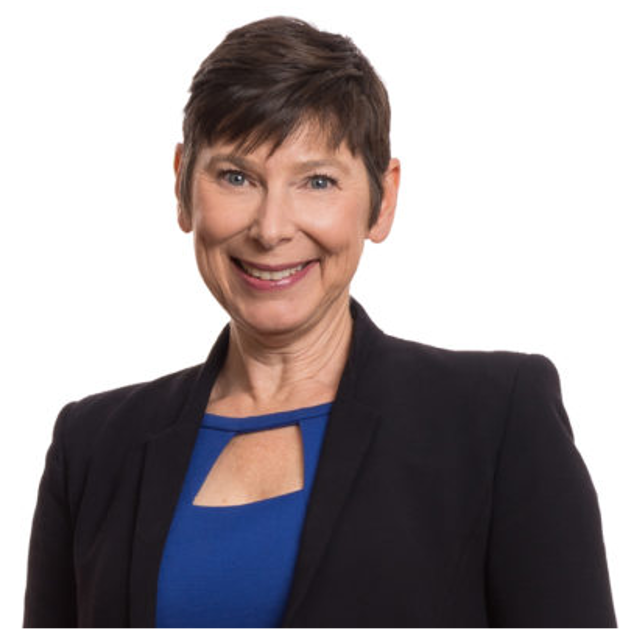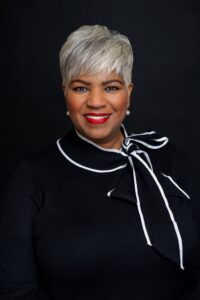Chamber News
Workforce Snapshot: Women Over 50 in the Workforce | Workforce Report | February 2024
February 22nd, 2024
Workforce Snapshot: Women Over 50 in the Workforce
Over the past two decades, older women have become a large and growing share of the labor force; today more than 10 percent of workers is a woman aged 55 or older. The Bureau of Labor Statistics projects that the ranks of older women in the workforce will continue to grow between 2020 and 2030, with more than 60 percent of growth in the labor force coming from workers aged 65 and over — an age group commonly labeled “retirement age.” This increase in the older workforce is due to two primary reasons: 1) changing demographics with the growth of the over-50 U.S. population; 2) economic necessity―the ideal of the “golden years” of a work-free life, traveling, and enjoying grandkids is increasingly out of reach for many Americans.
Challenges to Working Women over the age of 55
Pay Equity: The gender wage gap grows as working women age, with women over 55 working full-time, year-round making only 75 percent of what same aged-men make, largely due to a compounding of inequities over the course of a career, as well as age discrimination. The gender wage gap is worse for older Black women who earn only 62 percent and older Latina women who earn only 55 percent of older white men’s earnings (based on full-time, year round work). Research shows that women’s earnings plateau midcareer, unlike men. Caregiving responsibilities also affect women’s work patterns. Women are much more likely than men to shoulder the responsibility of caregiving in a family, with many needing to take time out of the workforce to do so, making it difficult to sustain an upward career trajectory and also resulting in lower wages and a smaller social security check.
Paid Leave: Women over 50 have a unique need for paid leave, because they are part of what is referred to as the “sandwich generation”―often providing care for both children as well as elderly parents. The financial, emotional, and time costs of this caregiving often cause women to leave the workforce. In fact, nearly 20 percent of women between the ages of 55 and 64 who are not in the labor force are not participating because they are full-time caregivers. Women are twice as likely as men to work part time and spend on average 10 fewer years in the workforce than men. However, paid leave helps keep women in the workforce, reducing some of the negative financial impacts of caregiving so they can stay on track for a secure retirement―particularly important for a group closer to retirement age.
Economic security and wealth-building: The cumulative effect of the gender wage gap, as well as the financial impact of caregiving responsibilities, often results in less financial security for older working women. In fact older women are more likely to live in poverty than older men. Even when they find new jobs, the typical re-employed older worker earns 20 percent less than before. Over time, less income means less ability for women to save for retirement. Women’s retirement savings lag far behind those of men, and they receive less in social security (which has not kept up with inflation) and pensions (if they have them at all). Older workers with student debt are the fastest growing segment of student loan debtors, and borrowers over 65 default at the highest rates of any age group. Additionally, women have a longer life expectancy than men, requiring more financial resources in their later years. Many older working women don’t want to keep working into their 60s and 70s, but are forced to out of economic necessity .
Entrepreneurship: Financial need, desire for flexibility, and frustrations with sexism and ageism in the workplace have led many older women to start their own businesses. Research shows that entrepreneurs in their 50s and over are twice as likely to be successful as those in their 20s, likely because of their years of experience, leadership abilities, and greater clarity and purpose. These women have used their ingenuity, creativity, and business acumen to make their own way but are often not aware of resources to help them become more successful.
Equitable workplaces: Older women workers are subject to not only gender but also age discrimination in the workplace, which is experienced at higher levels by older women, women of color, and LBTGQ+ workers. During the pandemic, age discrimination grew, with 78 percent of older workers reported having seen or experienced age discrimination in the workplace — the highest level since AARP began tracking this is 2003. These workers are often subject to misconceptions and stereotypes of what it means to be an older worker, despite their expertise, knowledge, leadership, and mentorship―all qualities that are highly valued in the workplace.
Changing the Narrative About Older Working Women
Despite all of these challenges, there seems to be growing attention to and recognition of not only the life challenges that older women face, but their contributions and value as well. Forbes now annually celebrates “50 over 50 women” for their professional accomplishments, celebrities over 50 are being more vocal about their experiences as older women, and there is a greater attention to the health effects of menopause. You can do your part by considering your own biases about your older colleagues in the workplace, making sure they are heard and valued. Consider the language that you use to refer to older women workers, and the way it may be discounting, devaluing, or marginalizing them in the workforce (or society in general). If you are an employer, make appropriate accommodations for their health and caregiving needs, and evaluate pay equity structures in relation to the status of older workers and their contributions to your workplace.

Kelly Fuller
Vice President of Talent & Workforce Development
KellyFuller@columbus.org

